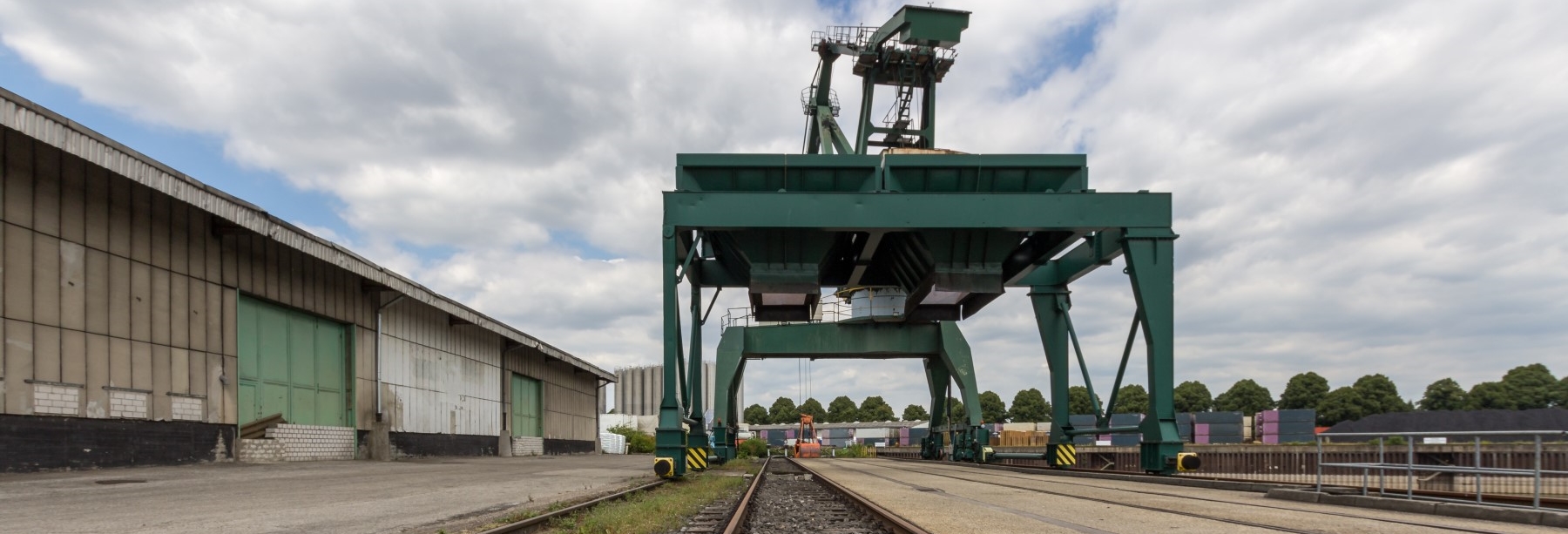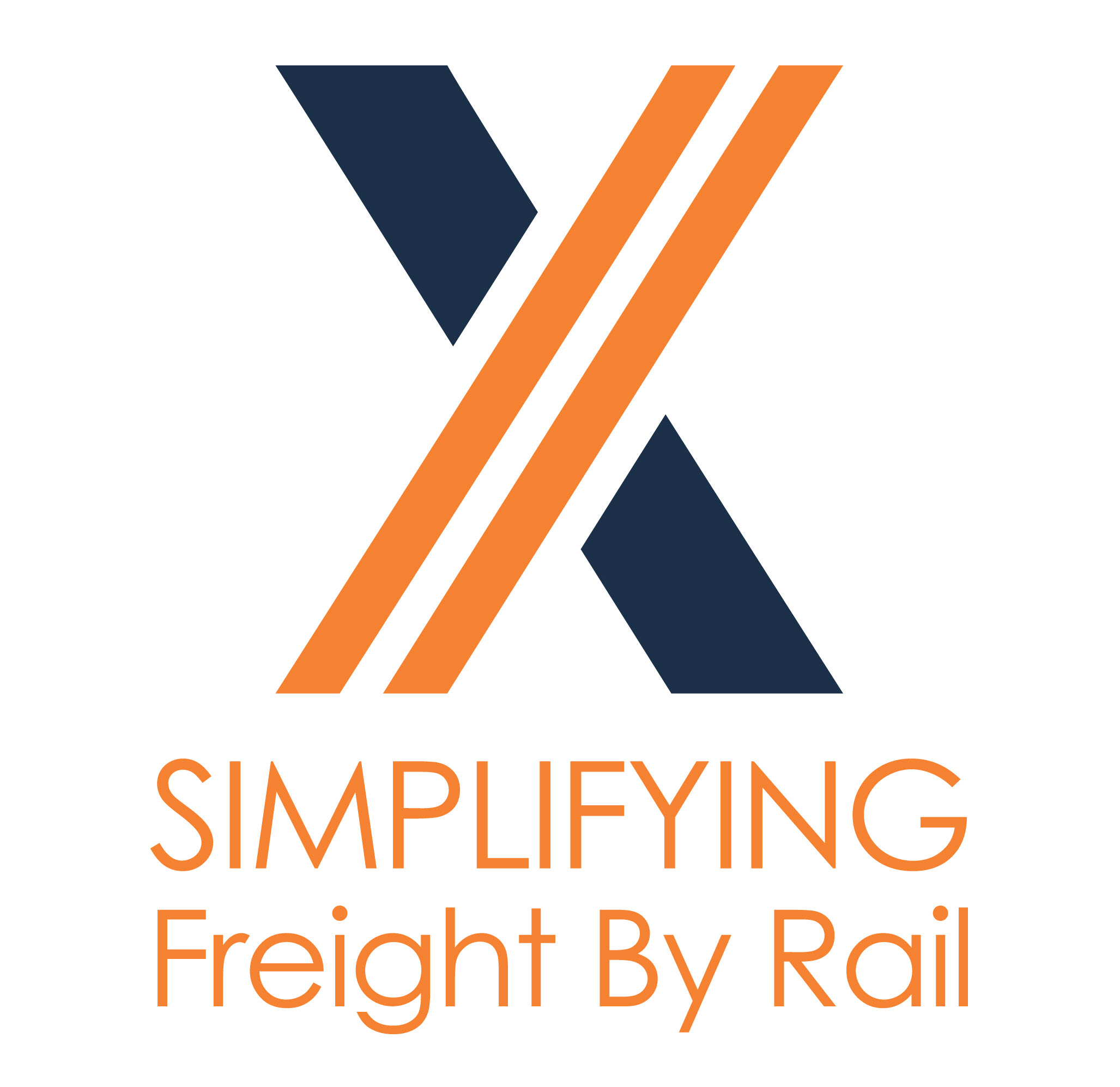Transloading is a logistics process that involves transferring goods from one mode of transportation to another. It is often used to optimize transportation routes, reduce costs, and improve overall supply chain efficiency. While many types of goods can be transloaded, some are better suited for this process than others.
One factor that determines whether a good is suitable for transloading is its size and weight. Goods that are bulky, heavy, or oversized may require specialized equipment and handling procedures, which can add to the cost and complexity of transloading. Similarly, goods that are fragile, perishable, or hazardous may require special handling and storage conditions, which can limit their suitability for transloading.
Another factor to consider is the transportation network. Transloading is most effective when there is a well-developed network of transportation options, such as rail, ocean, and trucking. Goods that can be easily transported between these modes, such as raw materials or finished products, are often good candidates for transloading.
Finally, the decision to use transloading depends on the overall supply chain strategy. For example, a company may choose to use transloading to reduce transportation costs or to improve delivery times. Alternatively, a company may decide to use transloading to expand its market reach by accessing new transportation modes or locations.
Overall, transloading can be a valuable logistics tool for many types of goods, but it requires careful planning and consideration of the specific characteristics of the goods, the transportation network, and the supply chain strategy.
Create a Transload Request today and let Commtrex help you find what you need!

